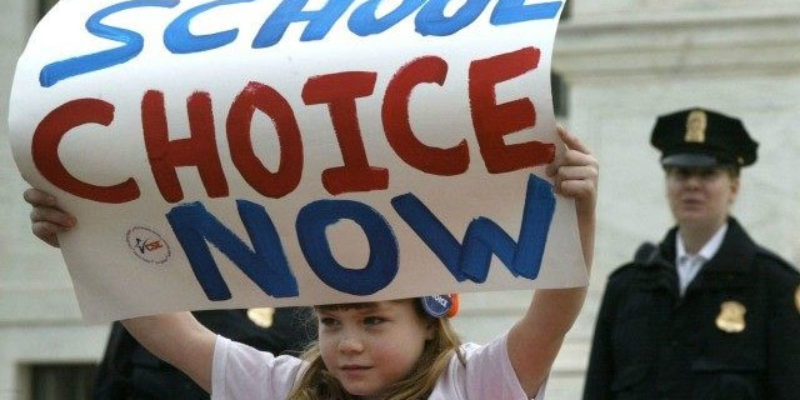For the first six months of the year, a constant barrage of state budgetary doom and gloom littered news reports and incessantly occupied the airspace. This political messaging machine was revved up and driven hard to stress the need for taxpayers to pony up much more money for the government to solve state spending problems – despite the increasingly worsening economic conditions encountered by our residents. As the story went, there was simply no other choice, and failure to pay would lead to a chaotic world filled with a litany of unacceptable consequences, such as canceled football seasons and shuttered hospitals and universities.
When the final gavel dropped on the legislative session, the messaging machine was quick to state clearly that taxpayers did not pony up enough, more would eventually be needed and a governmental crisis would soon commence. Then…only days later…the sounds of silence became deafening.
In fact, governmental agencies came out pretty darn flush this session. The K-12 state funding formula, known as the MFP, is larger than last year’s version by about $20 million. Medicaid was significantly expanded in size, scope and cost. State boards/commissions, pension programs, and subsidies to local government were protected and raises were funded for the judiciary. The governor’s office, contrary to earlier rhetoric, was able to avoid any staff reductions.
In fact, the final state budget passed just last month is about $3 billion larger than the previous year’s budget. This amount includes an increase in over $2 billion in federal money and $700 million in state dollars. That’s right – even though Louisiana entered the year already being the highest per capita spender in the South – government spending is now much larger than last year.
While our bureaucracies were well funded, many of the taxpaying parents that simply want to choose a certain school for their child were not so lucky.
Roughly 11,000 kids applied for the Louisiana voucher program this year. More than 8,300 were matched to an open seat, and around 7,800 accepted that offer.
Think about that for a moment…7,800 kitchen tables talking through the exciting new opportunity for their child…7,800 bedtime stories and prayers to reflect upon this great gift of education…7,800 kids who will finally have the type of mobility that kids on the other side of town have had for years…7,800 taxpayers finally being able to have a say on how their dollars are best used for their child.
Before these families could get to enrollment, the administration and Legislature cut funding from $42MM to $39.5MM in the closing days of the session. This amount will fund fewer than 7,400 slots.
That means 442 of those families will now go to a waitlist, in parishes all across the state. Those kitchen tables are now filled with uncertainty and those bedtime prayers are now filled with concern.
Those dreams and the opportunities that accompany them are now put on hold. The argument made by some is the cut occurred because the money was simply not there, but that argument is clearly false. This was a matter of choice, not money.
It was a political choice to take away that student’s choice.
A budget that is $3 billion larger could easily fully fund this program if the right priorities are set. What is even more disturbing about this cut is that the money is already there.
Think about it. Every voucher costs on average $5,700 to the state and nothing to locals. Every kid kicked out of the voucher program goes back to the public school they chose to leave and then that child re-enters the MFP. Every MFP slot costs on average $5,100 to the state and $3,500 to locals (plus federal). The facts are clear: taxpayers pay less for the same kid when they are in the voucher program.
The state is going to end up appropriating more money to the MFP this year because the current count does not provide for those students. Thus, cutting the voucher program creates a shortfall in the MFP budget. The more kids who are cut out from the voucher program, the more kids are then referred to the public schools and included in the MFP. The constitution requires that the state then find additional funds for these students.
Overall, taxpayers will end up paying for these students one way or the other. The cost to the state is very similar and the total cost to the taxpayer is much more expensive if the voucher cut remains. It is more taxpayer friendly to fund the voucher program fully, in addition to the good public policy argument of allowing these parents to make the best decision for their kids.
The vouchers were not cut to save taxpayer money; they were cut because certain politicians were just determined to do so. Some of them just think the government knows better than the 442 families in question where these education dollars are best spent…a ridiculous and more expensive notion that does a great disservice to the children caught in the middle.
Advertisement
Advertisement

